Genetic and transcriptional evolution alters cancer cell line drug response
- PMID: 30089904
- PMCID: PMC6522222
- DOI: 10.1038/s41586-018-0409-3
Genetic and transcriptional evolution alters cancer cell line drug response
Abstract
Human cancer cell lines are the workhorse of cancer research. Although cell lines are known to evolve in culture, the extent of the resultant genetic and transcriptional heterogeneity and its functional consequences remain understudied. Here we use genomic analyses of 106 human cell lines grown in two laboratories to show extensive clonal diversity. Further comprehensive genomic characterization of 27 strains of the common breast cancer cell line MCF7 uncovered rapid genetic diversification. Similar results were obtained with multiple strains of 13 additional cell lines. Notably, genetic changes were associated with differential activation of gene expression programs and marked differences in cell morphology and proliferation. Barcoding experiments showed that cell line evolution occurs as a result of positive clonal selection that is highly sensitive to culture conditions. Analyses of single-cell-derived clones demonstrated that continuous instability quickly translates into heterogeneity of the cell line. When the 27 MCF7 strains were tested against 321 anti-cancer compounds, we uncovered considerably different drug responses: at least 75% of compounds that strongly inhibited some strains were completely inactive in others. This study documents the extent, origins and consequences of genetic variation within cell lines, and provides a framework for researchers to measure such variation in efforts to support maximally reproducible cancer research.
Conflict of interest statement
Competing financial interests
The authors declare no competing financial interests.
Figures

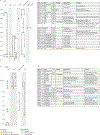
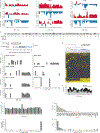
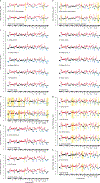

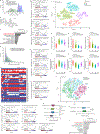
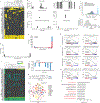
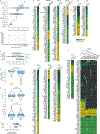
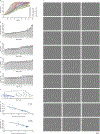
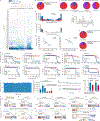



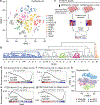
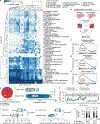
Comment in
-
The secret lives of cancer cell lines.Dis Model Mech. 2018 Nov 16;11(11):dmm037366. doi: 10.1242/dmm.037366. Dis Model Mech. 2018. PMID: 30459183 Free PMC article.
-
[Genetic and transcriptional evolution alters cancer cell line drug response].Bull Cancer. 2019 Jan;106(1):9-10. doi: 10.1016/j.bulcan.2018.12.002. Epub 2018 Dec 27. Bull Cancer. 2019. PMID: 30595222 French. No abstract available.
References
-
- Sharma SV, Haber DA & Settleman J Cell line-based platforms to evaluate the therapeutic efficacy of candidate anticancer agents. Nat Rev Cancer 10, 241–53 (2010). - PubMed
-
- Prinz F, Schlange T & Asadullah K Believe it or not: how much can we rely on published data on potential drug targets? Nat Rev Drug Discov 10, 712 (2011). - PubMed
Additional Methods References
Publication types
MeSH terms
Grants and funding
LinkOut - more resources
Full Text Sources
Other Literature Sources
Medical
Molecular Biology Databases

